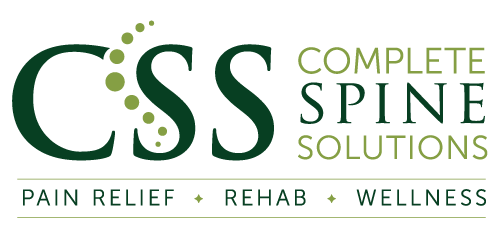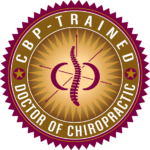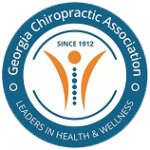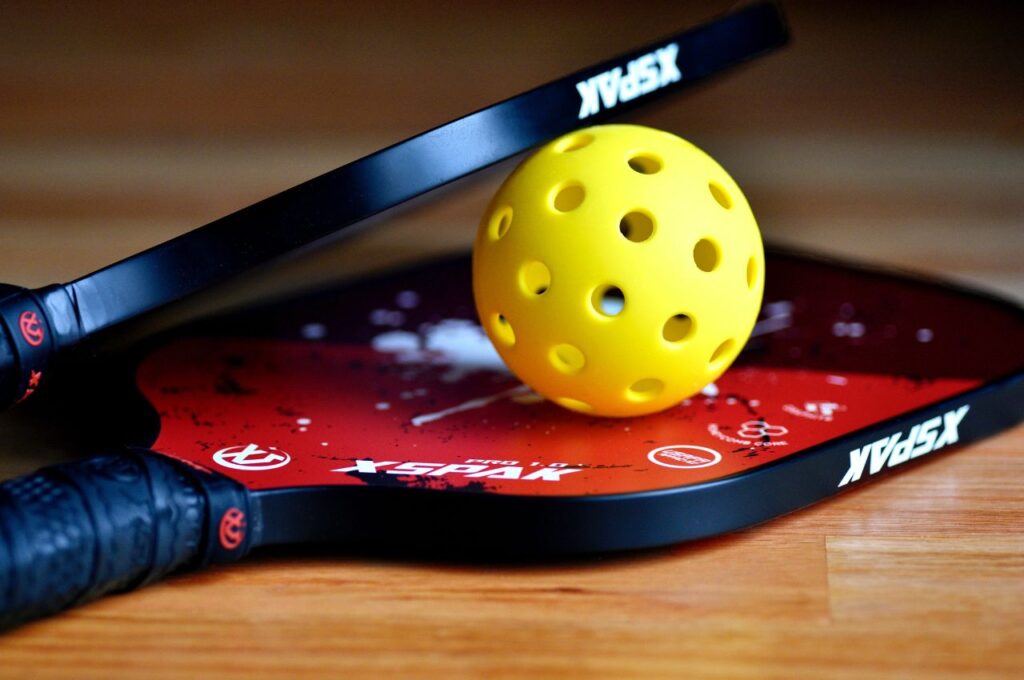
What is Pickleball and Why is It So Popular?
In recent years, the sport of pickleball has been gaining immense popularity across the globe. What started as a niche game in the backyards of suburban America has now transformed into a fast-growing sensation, captivating people of all ages and skill levels. Pickleball combines elements of tennis, badminton, and table tennis, offering a unique and accessible experience for players of diverse backgrounds.
One of the key factors contributing to pickleball’s rise in popularity is its simplicity. As pickleball gains more enthusiasts, there has been a concerning surge in the number of pickleball injuries reported among players. What was once considered a relatively low-impact sport has started to take its toll on participants, leading to various physical ailments and accidents.
Physical Demands of Pickleball
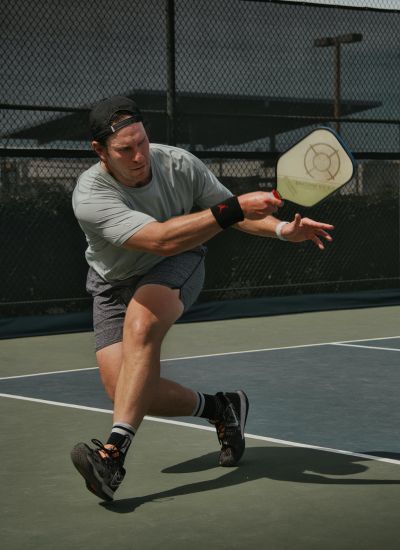
Pickleball gameplay is a unique blend of tennis, badminton, racquetball, and ping pong. The smaller court size and lower net height make for faster-paced rallies and quick reflexes. Players must adapt to the game’s unique rules and strategies to excel in this exciting sport.
The physical movements in pickleball require agility, speed, and endurance. Players engage in quick lateral activities, explosive bursts of speed, and frequent changes in direction.
The fast-paced nature of the game keeps participants on their toes, demanding cardiovascular fitness and muscular endurance.
Proper technique and form are essential in pickleball to minimize the risk of pickleball injuries and maximize performance. Maintaining a balanced stance, using proper footwork, and employing efficient strokes are crucial. The excellent technique enhances power, control, and accuracy, allowing players to excel while reducing the strain on their bodies.
Common Injuries in Pickleball
The most prevalent injuries among pickleball players include sprains, strains, tennis elbow, rotator cuff injuries, and ankle injuries. These can occur due to overexertion, sudden movements, repetitive motions, lack of proper warm-up, water on the court, and collisions with other players or objects on the court.
Causes and contributing factors of these injuries in pickleball include improper technique, inadequate conditioning, lack of flexibility, playing beyond one’s physical limits, and using inappropriate equipment.
The fast-paced nature of the game and the repetitive nature of certain movements also play a role in these injuries.
Studies and statistics support the prevalence of pickleball injuries. Research conducted by sports medicine professionals has shown an increase in the number of reported injuries among pickleball players.
The U.S. Consumer Product Safety Commission has reported a rise in emergency room visits due to pickleball-related injuries, highlighting the need for injury prevention and awareness in the sport.
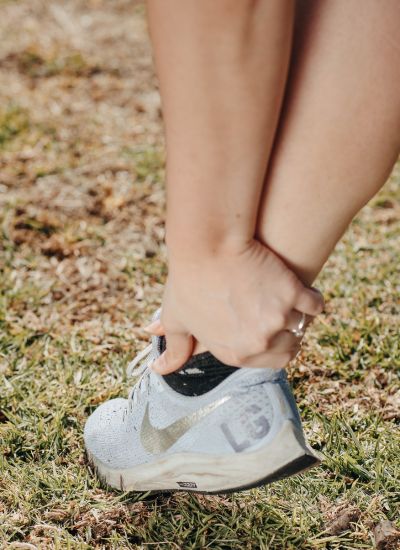
What are the Factors Contributing to Pickleball Injuries
- Age and fitness levels – Older players and those with lower fitness levels may be more prone to pickleball injuries due to reduced strength, flexibility, and endurance.
- Lack of warm-up and stretching – Skipping warm-up exercises and neglecting proper stretching routines can increase the risk of muscle strains, sprains, and other injuries.
- Overuse and repetitive motions – Continuous and repetitive movements in pickleball, such as swinging the paddle or performing quick lateral movements, can strain muscles, tendons, and joints over time.
- Inadequate protective gear – Not wearing appropriate footwear, knee pads, wrist guards, or other protective gear can leave players vulnerable to impact-related pickleball injuries and falls.
- Environmental factors – Playing on uneven surfaces, slippery courts, or in extreme weather conditions can increase the risk of slips, falls, and injuries.
- Improper technique and form – Incorrect body mechanics, improper footwork, and flawed stroke techniques can place unnecessary stress on the body, leading to pickleball injuries.
- Fatigue and overexertion – Playing for prolonged periods without adequate rest can lead to fatigue, compromising coordination, focus, and physical capabilities, thus increasing the risk of injuries.
- Lack of conditioning and strength training – Insufficient physical conditioning, including muscle strength and endurance, can make players more susceptible to injuries.
- Lack of awareness and education – Many players may be unaware of proper injury prevention techniques, leading to a higher likelihood of accidents and injuries.
- Pre-existing conditions and vulnerabilities – Individuals with pre-existing conditions, such as joint problems, previous injuries, back, neck or spine problems may be more prone to exacerbating their conditions or sustaining new injuries while playing pickleball.
What Steps Can You Take to Prevent Pickleball Injuries?

When it comes to pickleball, staying injury-free is crucial for long-term enjoyment of the sport. By implementing effective prevention strategies, you can significantly reduce the risk of pickleball injuries.
Here are the key steps and proactive measures to safeguard your well-being on the court.
- Warm-up exercises and stretching routines to prepare your muscles and joints for pickleball activities.
- Incorporate regular strength and conditioning exercises to improve overall fitness and reduce the risk of pickleball injuries.
- Focus on learning and practising correct technique and form to minimize strain on your body during gameplay.
- Wear appropriate footwear, knee pads, wrist guards, and other protective gear to safeguard against impact-related injuries.
- Take advantage of injury prevention programs, resources, and guidance from professionals to enhance your knowledge and protect yourself from pickleball injuries.
- Receive regular chiropractic evaluation and treatment as needed. We recommend a spinal check-up at a minimum of once a year.
Pickleball Injury Management and Recovery
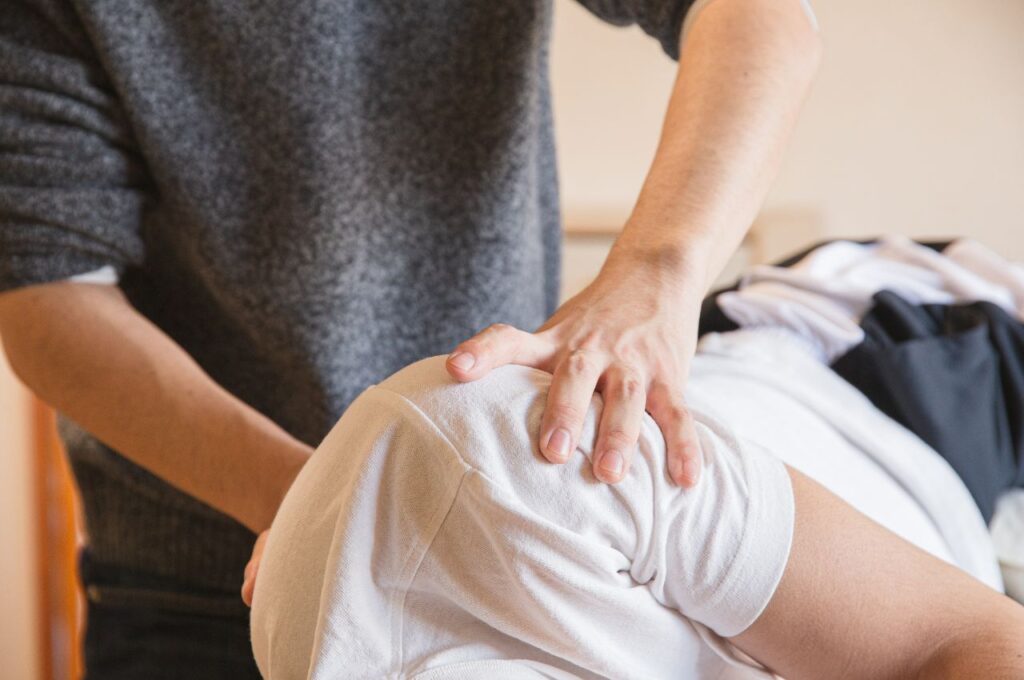
When injured, it is crucial to promptly assess the severity of the injury and take immediate steps to promote healing. This includes resting the affected area, applying ice, utilizing compression, and elevating it to minimize swelling and alleviate pain.
Seeking professional medical advice, including from a chiropractor is essential to obtain an accurate diagnosis and develop an appropriate treatment plan that may involve chiropractic care for pickleball players. A chiropractor can offer specialized expertise in assessing musculoskeletal injuries, providing targeted treatments, and guiding patients through rehabilitation and recovery strategies.
This may involve physical therapy, traction, specific exercises, stretching, and a gradual progression to restore strength, flexibility, and function. Following proper return-to-play guidelines, as recommended by the chiropractor, ensures a safe and effective return to pickleball while minimizing the risk of re-injury.
Final thoughts
This article has explored the rising popularity of pickleball and the concerning increase in pickleball injuries among players. We discussed the unique aspects of pickleball gameplay, the physical demands involved, and the most prevalent injuries. It is crucial to recognize the importance of injury prevention in pickleball by implementing warm-up exercises, maintaining proper technique, and using protective gear.
Prioritizing safety and well-being is paramount to ensure a long and enjoyable journey in the sport. So, let’s remember to take necessary precautions, stay educated on injury prevention strategies, and listen to our bodies to minimize the risk of pickleball injuries and maximize our pickleball experience. Stay safe and have a fantastic time on the court!
About the Author

Dr. David Shapiro, DC, CEO of Complete Spine Solutions
A graduate of Life University, School of Chiropractic 1993 (4600 postgraduate hours). Board-certified licensed Doctor of Chiropractic. Passed 3 national board tests and the state of Georgia board examination. Also certified in therapeutic modalities.
Advanced Certified in Chiropractic BioPhysics, the most evidence-based technique in chiropractic. He’s been in private practice for over 25 years.
